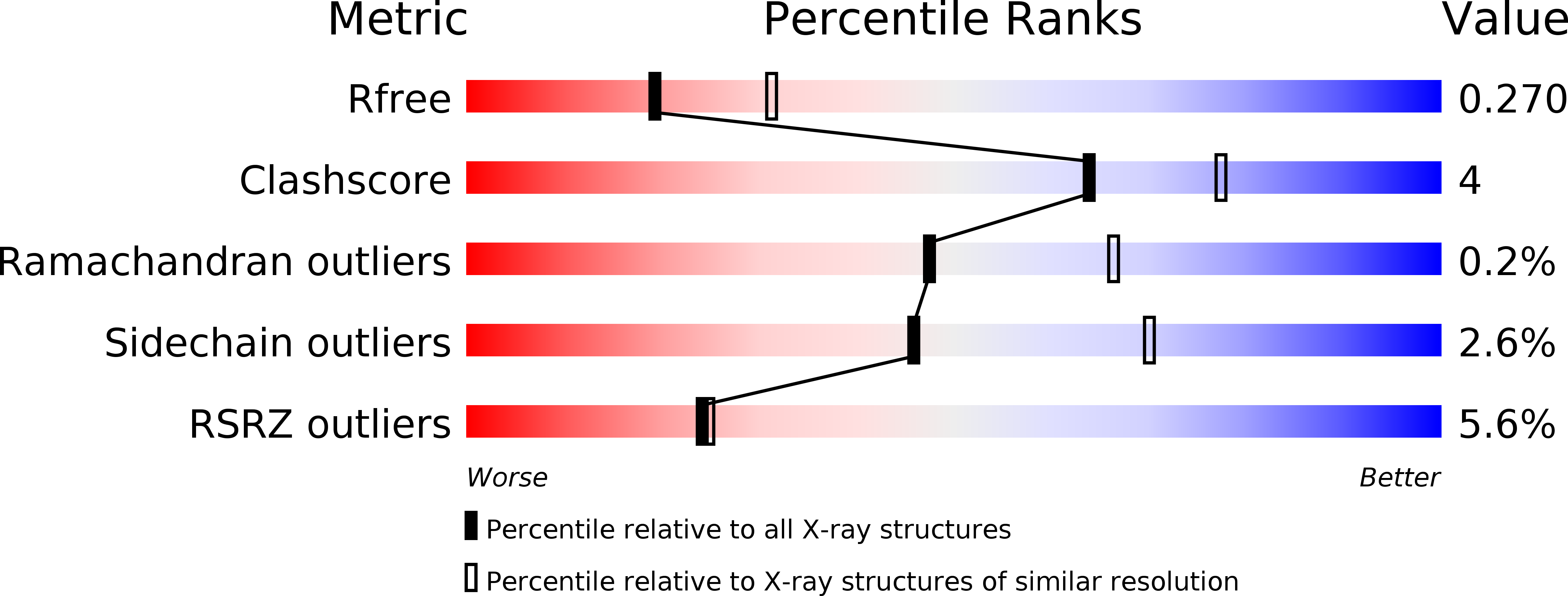
Deposition Date
2007-10-24
Release Date
2008-09-02
Last Version Date
2024-10-30
Entry Detail
PDB ID:
3B4V
Keywords:
Title:
X-Ray structure of Activin in complex with FSTL3
Biological Source:
Source Organism:
Homo sapiens (Taxon ID: 9606)
Host Organism:
Method Details:
Experimental Method:
Resolution:
2.48 Å
R-Value Free:
0.27
R-Value Work:
0.22
R-Value Observed:
0.22
Space Group:
P 1


